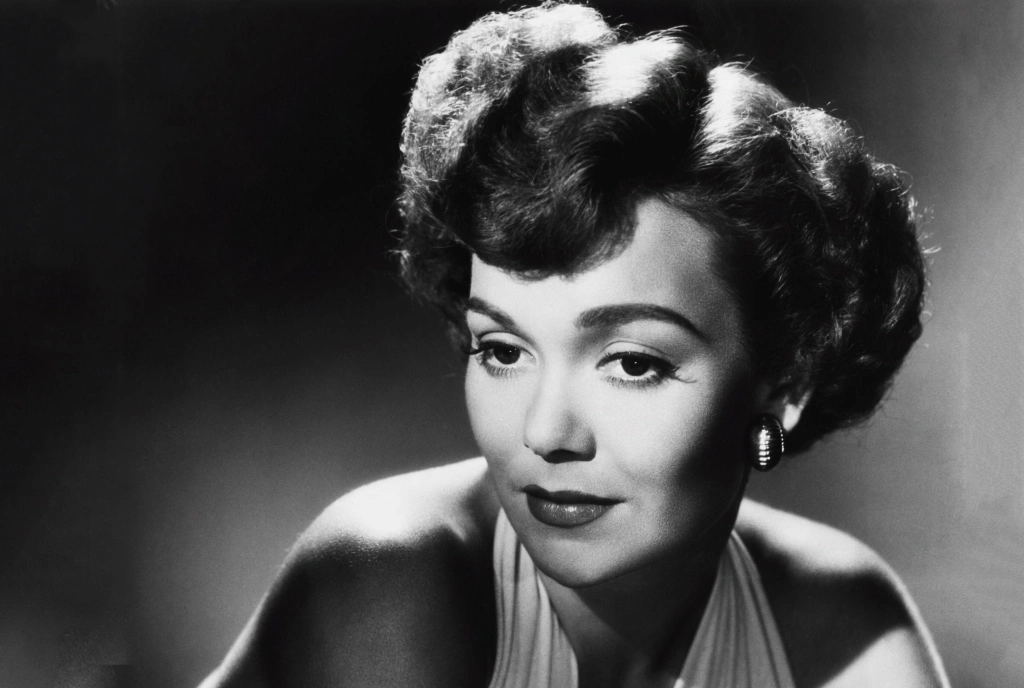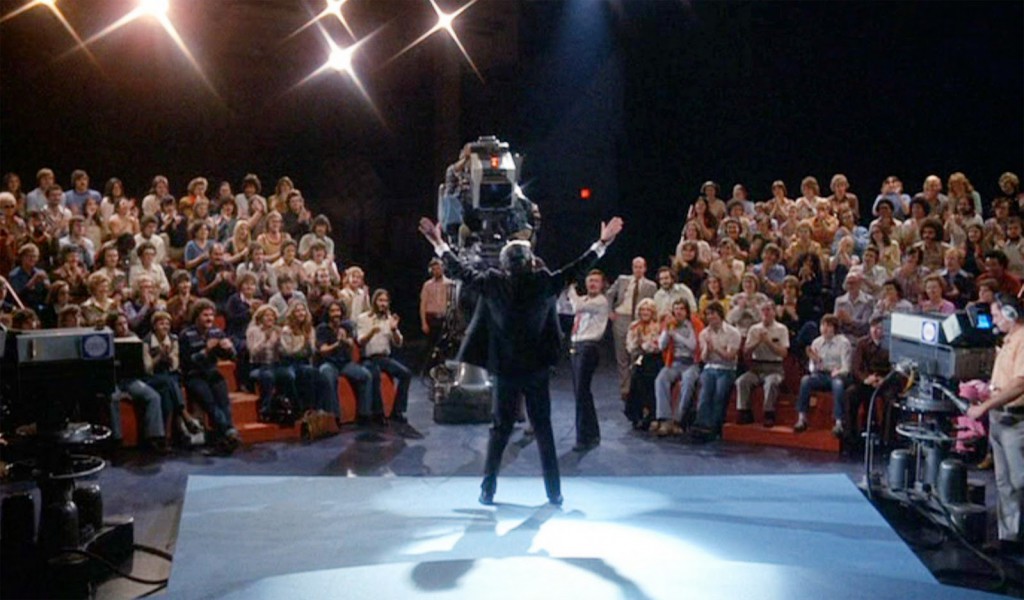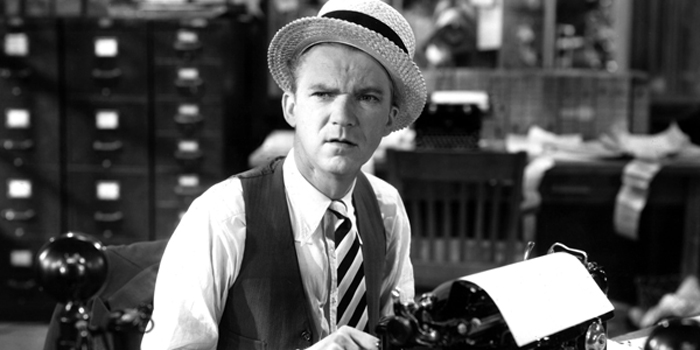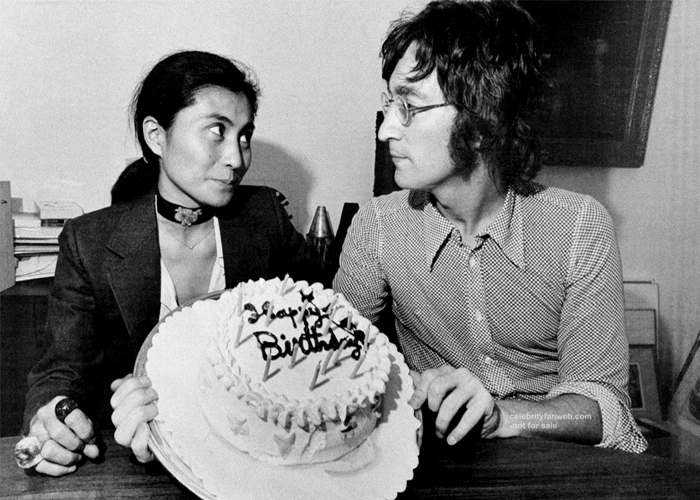As much as I simply adore silent film sirens, I have never liked Mae Murray. To be brutally honest, the woman scares me. There have been nightmares. Oh yes, there have been nightmares.

Forget Joan Crawford or Gloria Swanson. Mae Murray is the dame I would NOT want to be left alone with in a dark room. Ever since reading an article profiling her in an old Photoplay magazine she struck me as somewhat, shall we say… c-r-a-z-y. We’re talking Norma Desmond meets Baby Jane crazy. A party-crashing Miss Haversham who, to quote Sunset Blvd, was still proudly waving long after the parade had passed her by. (The most excellent blog Claroscureaux gives a fair and accurate sketch of ‘The Girl With the Bee-Stung Lips and is a definite must read.)
Murray is, to me, is the case-study of the kind of short-wired absurdity that can come of unchecked, narcissistic excess.
But then…
I came across these absolutely stunning screen tests from Kodak and I was duly rendered speechless. Miss Murray? For these few, flickering moments you succeeded in positively captivating me. This is two-strip technology at its most delicate and painterly (regular Pictorial readers know exactly how much we love 2-strip color around here)… so dreamy are those soft colors that even Mae Murray, my personal harbinger of nighttime horror, emanates an ethereal quality that is simply impossible to achieve today.
From the Kodak 1000 Words blog:
“In these newly preserved tests, made in 1922 at the Paragon Studios in Fort Lee, New Jersey, actress Mae Murray appears almost translucent, her flesh a pale white that is reminiscent of perfectly sculpted marble, enhanced with touches of color to her lips, eyes, and hair. She is joined by actress Hope Hampton modeling costumes from The Light in the Dark (1922), which contained the first commercial use of Two-Color Kodachrome in a feature film. Ziegfeld Follies actress Mary Eaton and an unidentified woman and child also appear.”
watch the entire clip and prepare to be thoroughly enchanted:










Leave a reply to Christian Esquevin Cancel reply